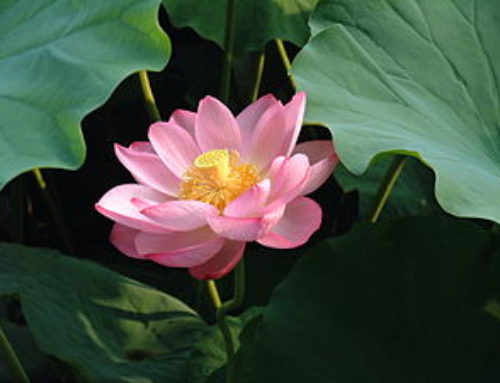On Inquiry Learning
You can do it. It makes no difference if it’s nuclear physics, primitive weaving, or electrical engineering, even mushrooms. All you need is an openness of mine which allows you to see. To see is to be able to perceive your surroundings as they are, not as your mind allows you see them. Try out your sharpened powers of perception after using this book, and you’ll discover a whole world. A famous late 19th century biologist teacher, Louis Agassiz, used a true inductive approach to “instill” sight into his students. He was a firm believer in the principle that the student learns to observe by observing, to compare by comparing, to generalize by generalizing. In the contemporary colleges of the era, a perspective student and professor would discuss diverse topical areas in anatomy and physiology Greek and Latin, so that a program of study could be devised which fitted the needs of student. Indeed this was a very “nervous” period for beginning student since he was expected to draw on all his formal knowledge on this occasion. Put yourself in the place of the student confronted by a fish described in J.D. Teller’s biography, Louis Agassiz, Scientist and Teacher. Shaler hoped he would now be allowed to tell what he knew about animals, plants, fossils, and rocks. Instead he was put through an ordeal which one observer has aptly described as the “kill-or-cure plan.” Shaler was assigned a small pine table in Agassiz’s primitive laboratory and museum. A rusty tin pan and small fish were placed in front of him. He was instructed to study the fish without reading or without talking to anyone. To the usual student inquiry, “What shall I do?” Agassiz replied in effect, “Find out what you can without damaging the specimen: when I think you have done the work I will question you.” Shaler was ready to be questioned on the fish within an hour. Agassiz did not return to his table that day, nor the second, nor the third. Discerning that Agassiz was watching him Shaler sensed a game. Accordingly, he made a serious study of the fish. He observed the shape and arrangement of the scales, the form and placement of the teeth, and many other features. After spending about a hundred hours in this way, he thought he had encompassed the fish. On the seventh day, Aggassi returned and inquired “Well?” Shaler disgorged his learning for an hour, while Agassiz puffed away on his cigar. Finally Agassiz walked away saying, “That’s not right.” Shaler was convinced that Agassiz was trying to find out if he was capable of doing hard, continuous work without the support of the teacher. He decided to meet the challenge. So he went at his study of the fish anew, even discarding his first notes. At the end of another week in which he labored ten hours a day, he secured results which astonished himself and satisfied his inquisitor. Without a trace of praise in his words or manner, Agassiz signified that his study of the fish would do by placing in front of Shaler about a half-peck of bones, telling him to see what could make of them. In our years of teaching we have noticed that some students are simply more capable of working on their own than others. We don’t think this is a measure of intelligence; instead it is only a frame of mind.
Haard, R. & Haard, K.(1978). Foraging for Edible Wild Mushrooms. Cloudburst Press: Mayne Is., B.C.
Haard, R. & Haard, K.(1978). Foraging for Edible Wild Mushrooms. Cloudburst Press: Mayne Is., B.C.
